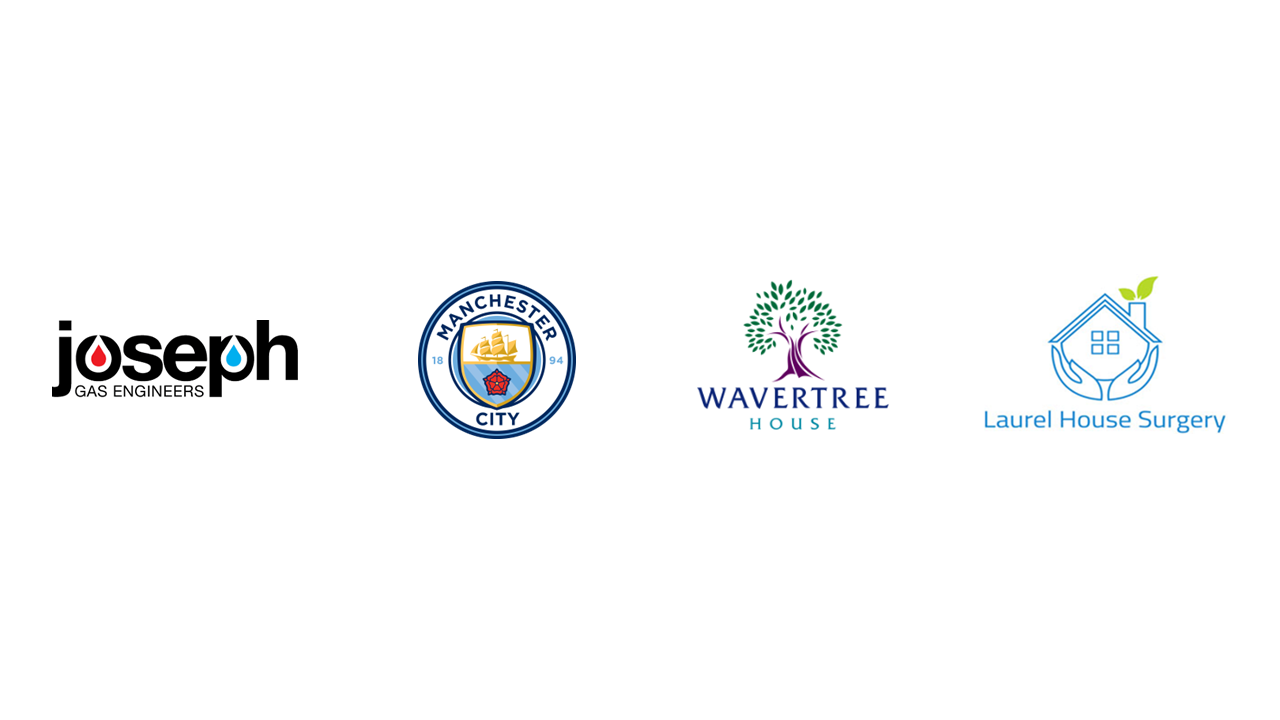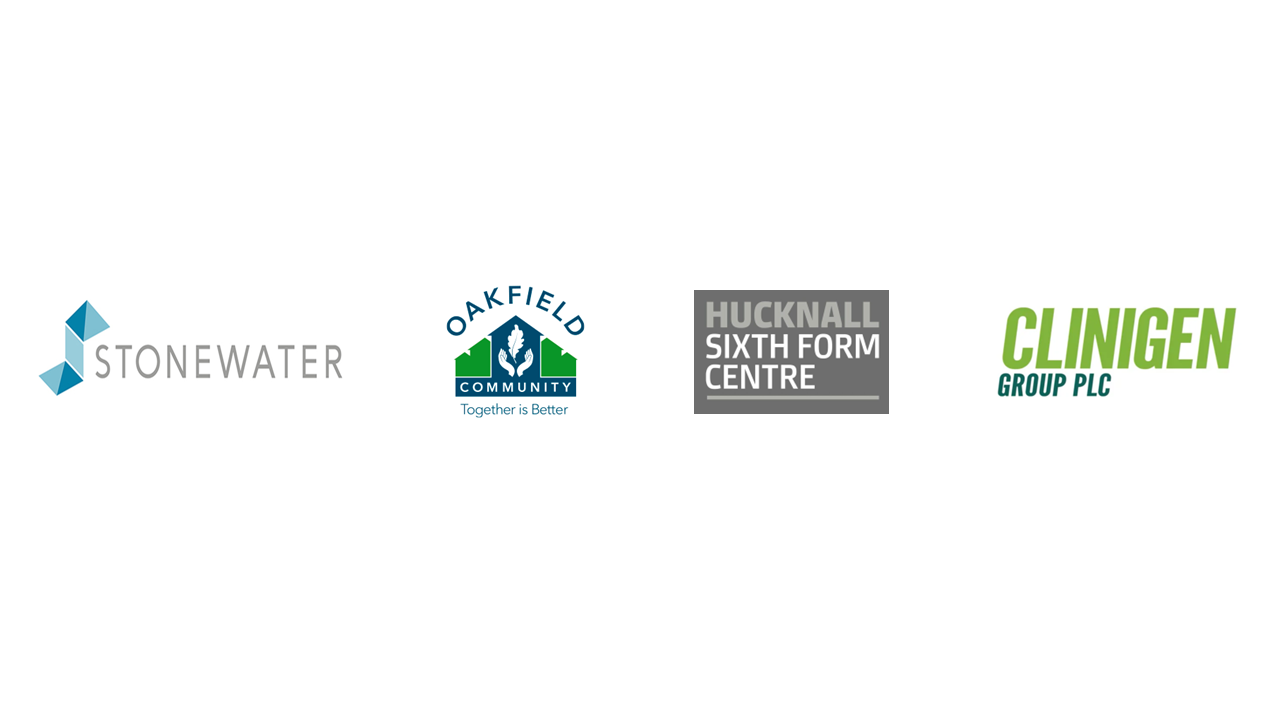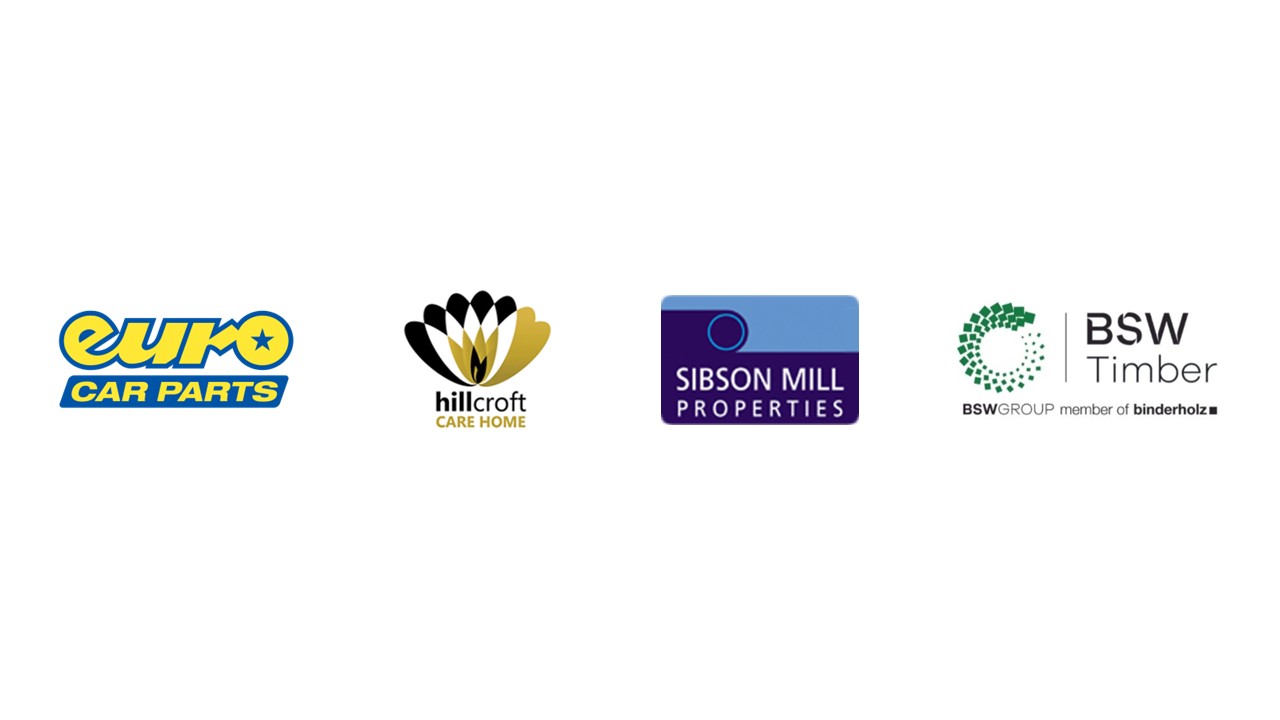CONDITION BASED MONITORING
Condition-Based Monitoring (CBM) provides significant advantages over traditional preventive and reactive maintenance. By using real-time data and analytics, CBM enables a more proactive and targeted approach to equipment care.
A key benefit of CBM is its ability to identify potential issues before they lead to costly breakdowns. Unlike reactive maintenance, which addresses problems after they occur, CBM employs sensors to continuously monitor equipment. This early detection allows timely intervention, reducing downtime and unexpected disruptions.
Request a call back now!
The benefits of condition based monitoring
Compared to preventive monitoring, which relies on fixed schedules for routine inspections and replacements, CBM takes into account the actual condition of the equipment. By monitoring factors such as temperature, vibration, pressure, or fluid levels in real-time, CBM optimises maintenance activities based on actual need rather than predetermined intervals. This not only saves time and resources but also ensures that maintenance actions are performed when necessary.
Another benefit of CBM is its ability to extend the lifespan of equipment. By identifying potential issues early on and addressing them promptly, CBM helps prevent further deterioration or damage that could lead to premature failure. This proactive approach not only reduces replacement costs but also maximises asset utilisation by keeping equipment in optimal working condition for longer periods.
Furthermore, CBM enhances safety by minimising the risk of catastrophic failures that can result in accidents or injuries. By continuously monitoring critical parameters and detecting anomalies in real-time, potential hazards can be identified before they pose a threat to personnel or operations.
In summary, Condition Based Monitoring offers numerous advantages over traditional preventive and reactive approaches. From cost savings through reduced downtime and optimised resource allocation to improved safety and extended equipment lifespan - adopting a proactive approach with CBM can significantly enhance operational efficiency while mitigating risks associated with unexpected failures.
OUR BUSINESS IN NUMBERS
Some key statistics from our smart building
solutions installed across the UK.
720+
Stream Readings per Sensor per day
4700+
Sensor Readings per Hour
43,000+
Alerts
Actioned
112,000 +
Sensor Readings per
Day
What is condition based maintenance?
Condition Based Maintenance (CBM) is a proactive approach to maintenance that focuses on monitoring the condition of equipment or assets in order to determine when maintenance should be performed. Unlike traditional preventive or reactive maintenance strategies, CBM aims to minimize downtime and maximise efficiency by addressing issues before they become critical.
In preventive maintenance, equipment is serviced at regular intervals regardless of its actual condition. This can lead to unnecessary maintenance and potential disruptions if the equipment is still functioning optimally. On the other hand, reactive maintenance involves waiting for a failure to occur before taking action, which can result in costly repairs and unplanned downtime.
CBM takes a different approach by using various monitoring techniques such as sensors, data analysis, and predictive algorithms to assess the health of equipment in real-time. By continuously monitoring key parameters such as temperature, vibration, or fluid levels, CBM enables early detection of potential failures or deviations from normal operating conditions.
The benefits of implementing CBM are numerous. It allows for more efficient use of resources by focusing maintenance efforts only where they are needed. This reduces costs associated with unnecessary repairs and minimizes downtime due to unexpected failures. Additionally, CBM helps extend the lifespan of equipment by identifying issues early on and allowing for timely intervention.
In summary, Condition Based Maintenance offers a proactive alternative to traditional preventive or reactive approaches. By leveraging advanced monitoring techniques and data analysis, it enables businesses to optimise their maintenance strategies and ensure optimal performance while minimising costs and disruptions.
CBM vs PM vs RM
In the world of maintenance strategies, there are three key approaches that are often discussed: Condition Based Maintenance (CBM), Preventive Maintenance (PM), and Reactive Maintenance (RM). Each strategy has its own advantages and considerations, making it crucial for businesses to understand their differences and choose the most suitable approach for their specific needs.
CBM is a proactive maintenance strategy that relies on real-time data and condition monitoring to determine when maintenance should be performed. By continuously monitoring equipment performance, CBM allows businesses to detect potential issues before they escalate into costly failures. This approach helps optimise maintenance schedules, reduce downtime, and extend the lifespan of assets.
On the other hand, PM involves performing regular maintenance tasks at predetermined intervals. This strategy aims to prevent failures by replacing or repairing components before they reach a critical state. While PM can be effective in preventing unexpected breakdowns, it may result in unnecessary maintenance if components still have significant remaining useful life.
Lastly, RM is a reactive approach where maintenance is only performed after a failure occurs. This strategy is often associated with higher costs due to unplanned downtime and emergency repairs. While RM may seem cost-effective in the short term, it can lead to increased operational disruptions and decreased overall equipment reliability.
When comparing CBM vs PM vs RM, it's important to consider factors such as equipment criticality, cost implications, available resources for condition monitoring, and business objectives. A well-balanced approach might involve combining CBM for critical assets with PM for less critical ones while minimizing reliance on reactive maintenance.
Ultimately, choosing the right maintenance strategy requires careful evaluation of your organisation's unique circumstances. By understanding the differences between CBM, PM, and RM - as well as their respective benefits and limitations - you can make informed decisions that optimise asset performance while minimising costs.
SBT Enabling CBM
Smart building technology is revolutionising the way maintenance is carried out in modern facilities. With the advent of condition-based maintenance, facility managers can now proactively address issues before they become major problems, resulting in significant cost savings.
Gone are the days of relying solely on planned or reactive maintenance approaches. Condition-based maintenance leverages advanced sensors and data analytics to monitor the health and performance of various building systems in real-time. By continuously collecting and analysing data, smart building technology can detect early signs of equipment failure or deterioration, allowing for timely intervention.
The benefits of condition-based maintenance are twofold: it reduces unexpected breakdowns and minimises downtime, while also optimising resource allocation and extending the lifespan of critical assets. By addressing issues before they escalate, facility managers can avoid costly emergency repairs and disruptions to operations.
Moreover, condition-based maintenance enables a shift from a reactive mindset to a proactive one. Instead of waiting for something to go wrong, facility managers can take preventive measures based on data-driven insights. This not only saves money but also enhances overall operational efficiency.
In conclusion, smart building technology has paved the way for condition-based maintenance, offering a more cost-effective and efficient approach compared to traditional planned or reactive methods. By harnessing real-time data and analytics, facility managers can make informed decisions that result in substantial cost savings while ensuring optimal performance and longevity of their building systems.
CBM SERVICE
Say goodbye to costly maintenance surprises and hello to proactive asset management with our cutting-edge Condition Based Monitoring (CBM) service. Powered by Smart Building Technology, our CBM solution revolutionises the way you maintain critical assets, saving you money and minimising downtime.
Unlike traditional Preventive Maintenance (PM) or Reactive Maintenance (RM) approaches, CBM takes a data-driven approach to maintenance. By continuously monitoring the condition of your assets using advanced sensors and analytics, we can detect potential issues before they become costly problems.
With CBM, you'll experience significant cost savings as unnecessary maintenance tasks are eliminated, and resources are allocated more efficiently. Our service also reduces downtime by identifying potential failures in advance, allowing for timely repairs or replacements.
Don't let outdated maintenance practices drain your budget or disrupt your operations. Embrace the future of asset management with our CBM service and enjoy peace of mind knowing that your critical assets are always in optimal condition.

Hear What Our Clients Have To Say
Richard
“It is like having an engineer 24/7 with their hand on the plant”
Andy
“I can sleep at night knowing that I'm not putting us in any kind of danger”
Brendan
“It gives us a good hold on monitoring the whole system”





